What is the meaning of the mark on the common fluorescent Tube?
In addition to the brand mark and serial number of each manufacturer or distributor, the signs printed on fluorescent lamps in China often include the type of fluorescent lamp, the diameter of glass tube and the color temperature, etc
1).Symbol indicating the type of fluorescent lamp
YZ: ordinary straight tube fluorescent lamp (y is the first letter of “fluorescent lamp” Chinese Pinyin, Z is the first letter of “Zhi” Chinese Pinyin)
YK: fast start fluorescent lamp (k is “fast start”) .
YS: instantaneous start fluorescent lamp (s is “instantaneous start”) .YG: high frequency fluorescent lamp.
YDN: single end internal start fluorescent lamp .
YDW: single end external start fluorescent lamp .
YH: ring fluorescent lamp.
Ypz: common Self ballasted fluorescent lamps for lighting.
D: electronic type (the symbol of inductive self ballasted lamps is omitted).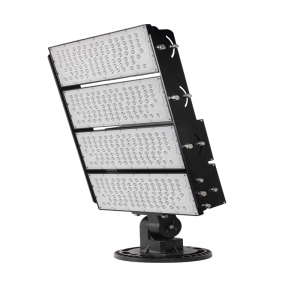
Note: the expressions of IEC are: PS: preheating start; RS: fast start; s: hot cathode single pin instantaneous start. These symbols are commonly used in foreign products.
2).A symbol indicating the diameter of the glass tube of a lamp
TX is used to indicate the diameter of the glass tube of the lamp. Where, t refers to the tubular glass tube; X refers to the diameter of the glass tube, which is x / 8in (inch). Example: T12 means the diameter of tubular glass tube is 12 / 8in. At present, the metric size can be used to directly express the diameter of the glass tube in the domestic model naming.
3).A symbol indicating the color temperature of a lamp
RR: sunlight color (color temperature 6500k)
RZ: neutral white (color temperature 5000K)
RL: cold white (color temperature 4000K)
RB: White (color temperature 3500K)
RB: warm white (color temperature 3000K)
RD: incandescent lamp color ( color temperature 2700k)
4).Other symbols
CE: means
The radio interference meets the requirements. 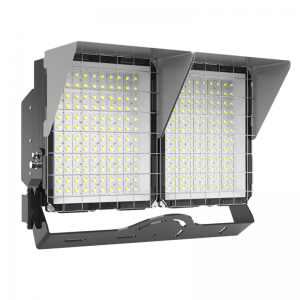
In addition, the lamp will have rated voltage and power and other technical parameters. Example:
1) T8yz36rr: refers to the ordinary straight tube fluorescent lamp with a diameter of 1in (inch) and a power of 36W (for example, the diameter of glass tube is directly indicated by metric size, and the above example can also be marked as yz36rr26, which means the diameter is 26mm).
2) yk20rn32: refers to the fluorescent lamp with pipe diameter of 32mm, power of 20W and warm white quick start.
3) ydn9-2u · RR: refers to 9w2u fluorescent single end internal start fluorescent lamp.
4) ydwl6-2d · RN: 16w2d warm white single ended external start fluorescent lamp.
5) ypz220 / 13-3u · RL · D: cold white common type of 220v13w3u
Electronic self ballasted fluorescent lamps are used for lighting. (the structure of spiral self ballasted lamp is represented by s, that is, s can replace 3U)
Can self ballasted fluorescent lamp be used in desk lamp with dimming device
Self ballasted fluorescent lamp is a compact fluorescent lamp which combines compact fluorescent tube and ballast (generally electronic ballast) as a whole, equipped with screw or bayonet lamp cap. Because it can directly replace incandescent lamp, and its luminous efficiency is many times higher than that of incandescent lamp, and its service life is much longer than that of incandescent lamp (more than 6 years), so it is commonly known as “Energy saving lamp “.
Ordinary self ballasted fluorescent lamp can not be directly used in the original lamp that the light source is incandescent on the desk lamp with dimming device. This is because the dimming device on the table lamp is designed according to the pure resistive load characteristics of the incandescent bulb. The thyristor phase-shifting technology is used to adjust the dimming by changing the working current of the incandescent bulb (rather than adjusting the amplitude of the input voltage). The self ballasted fluorescent lamp adopts AC electronic ballast, which changes AC power into DC after rectification, and then changes DC into high frequency AC after electronic inverter to supply power to the lamp. If the self ballasted fluorescent lamp is used in the dimmable table lamp, the input voltage of the self ballasted fluorescent lamp will not be a continuous sinusoidal AC voltage. After rectification, a DC with a large pulsating amplitude will be obtained, which can not guarantee the electronic inversion of the electronic ballast.
The normal operation of the transformer circuit results in the abnormal ignition of the lamp when dimming, such as flicker, extinction, blackening of the lamp tube and shortening of its service life.
Therefore, self ballasted fluorescent lamps need to be equipped with special dimming ballast or dimmer
Why are fluorescent tubes getting thinner?
We know that fluorescent lamp is excited by 253.7nm ultraviolet light generated by low pressure mercury vapor arc in the lamp. Firstly, the phosphor used for fluorescent lamp is calcium halide phosphate phosphor. Calcium halide phosphate phosphor will be sputtered and evaporated when it is bombarded by ultraviolet light with wavelength of 185nm, and the luminous efficiency will be reduced. At the same time, it is not resistant to high temperature, and it will soon fail to work at higher temperature. The low-pressure mercury vapor arc produces 253.7nm UV and a small amount of 185nm UV. In order to slow down the phosphor aging process caused by the above factors, a thicker (diameter 38 mm) glass tube lamp is used to ensure the light efficiency and light decay of the lamp is not too fast.
With the emergence of rare earth trichromatic phosphors, the luminous efficiency and color rendering of fluorescent lamps have been greatly improved. Because the trichromatic phosphor is resistant to 185nm ultraviolet radiation and high temperature, the diameter of the lamp tube may be reduced and the high luminous efficiency of the lamp is ensured, so the small diameter fluorescent lamp is produced. The small tube diameter rare earth trichromatic fluorescent lamp reduces the loss of raw materials and improves the light efficiency and light efficiency and lighting quality, it is environmental protection,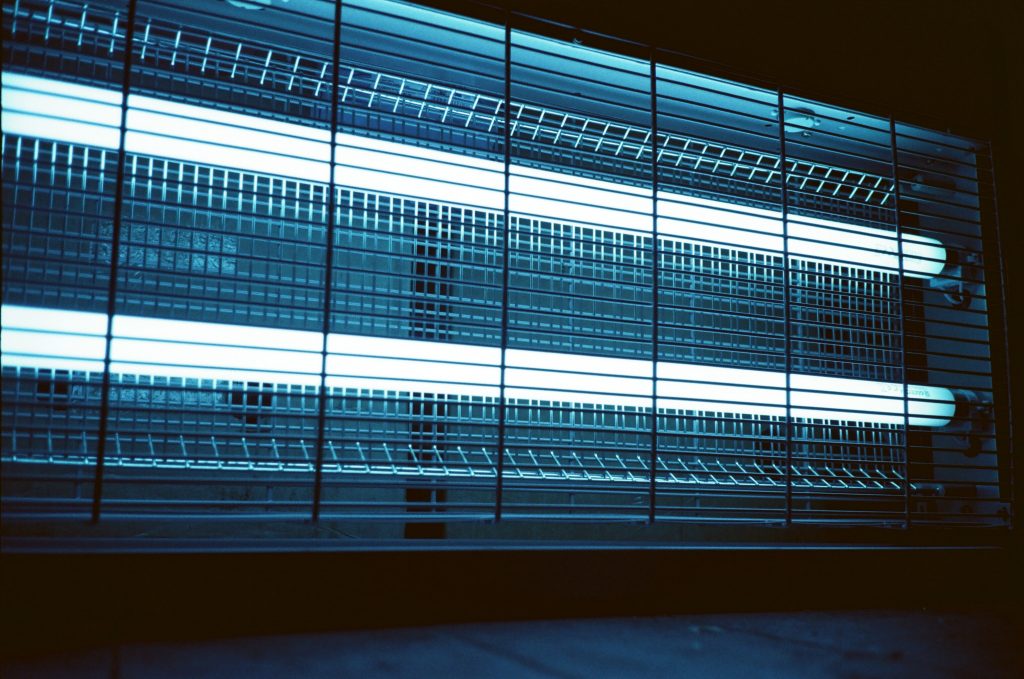
energy saving and green Lighting products.
Originally, the nominal diameter of the glass tube of a straight tube fluorescent lamp with a nominal power of 40 W was 38 mm, labeled T12. At present, the nominal power of the T8 tube is 36W, the tube length is about 1200mm, the nominal diameter of the glass tube is 26mm, and the straight tube fluorescent tube with a nominal power of 28W, the tube length is about 1154mm, and the nominal diameter of the glass tube 16mm is a T5 tube.
What are the factors that affect the life of preheating fluorescent lamp?
The electrode bombardment of the preheating fluorescent lamp in the start-up stage is much more serious than that in the light-emitting stage. Frequent switching on and off of the lamp will shorten the life of the fluorescent lamp. Lamp life is usually 3 hours per switch. The lamp life will be shortened if it is switched on and off once every 1 h. Every time the ignition time is extended, the service life is prolonged. The typical ratio relationship is that the life can be extended by 25% when the lamp is turned on for 6h; the life can be extended by 60% when the lamp is turned on for 12h; if the lamp is continuously lit, the life is more than one time longer than that under standard conditions.
In addition, too low or too high voltage, inappropriate starter, too low temperature, unqualified or mismatched ballast and other factors will affect the lamp life.
Low supply voltage or unqualified ballast will cause voltage change, which will cause lamp current change. The lamp current can be changed by 1% ~ 2% with 1% voltage change. When the lamp current increases by 1%, the lamp life is shortened by 17%; when the lamp current is too small, the cathode temperature is too low, the sputtering of electron powder on the electrode is increased, and the lamp life is shortened.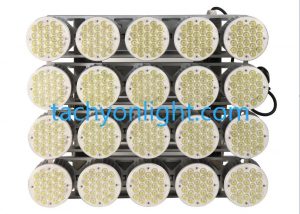
Why do fluorescent tubes turn black?
The fluorescent lamp is filled with mercury. With the extension of lamp working time, due to the effect of mercury speckle formed after mercury evaporation, it will produce slight blackening along the whole length of the lamp, which is a normal phenomenon.
Due to the sputtering and evaporation of the electron powder on the electrodes during the start-up and ignition of the lamp, large diffuse black spots gradually appear on both ends of the lamp, which is the common black circle near the two ends of the lamp. In addition, the poor quality of the starter will not light up or cause frequent flicker of the lamp, which will also accelerate the blackening of the lamp. When the black spot is serious, it indicates that the lamp life is coming to an end.
What is neon lights? Why are there all kinds of colors?
Neon lamp is a kind of low pressure cold cathode gas glow discharge
Light source. The working gas is usually inert gas, working in the normal glow discharge area of gas discharge. Neon lights were filled with neon in the early days. The English name is neon lamp, which literally translates into neon light. Because the pronunciation of “neon” is similar to “neon” in Chinese, and the lamp is colorful.
The lighting is unpredictable and the meaning and image are very appropriate, so “neon” has become a wonderful translation and has been used.
Neon lights are colorful, mainly used in commercial advertising, decoration and other aspects. There are several ways to obtain its color:
- The early neon lamp was the atomic radiation spectrum lamp, which emitted light
The radiation spectrum of the electric gas itself. The color of the lamp is determined by the inert gas filled into the lamp:
Helium (He): yellow; Neon (Ne): red; Argon (Ar): blue; Krypton (Kr): purple; Xenon (Xe): bright blue.
- In order to enrich the color of neon lamp, we have also made mercury filled phosphor luminous neon lamp. Mercury vapor radiates ultraviolet light in the gas discharge, and ultraviolet light stimulates the phosphor to emit fluorescence spectrum, which is called photoluminescence. Different colors can be obtained by using different phosphors.
- Later, in order to get more colorful lights, people used colorful fish glass to make neon lights, and got more colorful colors.
How high is the voltage at both ends of neon tube? Is it dangerous to personal safety.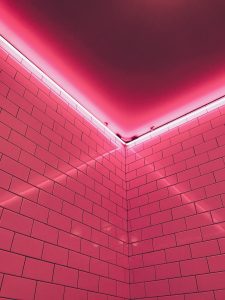
Neon lamp is a kind of glow discharge lamp. It is characterized by high working voltage and low working current. The working current of the lamp is generally tens of Ma. The working voltage and the type of lamp are related to the length.
The voltage at both ends of neon filled lamp is (350 + 470l ~ 500 + 650l) v. L is the length of the lamp. That is to say, the voltage at both ends of a 1m long lamp is between 820 and 1150v. The voltage at both ends of mercury filled argon lamp is (300 + 220l ~ 400 + 400L) v. The voltage at both ends of a 1m long lamp is between 520 and 800V.
When the neon lamp starts to ignite, it needs to apply high voltage to break down the lamp tube. For example, the starting voltage of 1m neon tube can be as high as 2000 v.
The output voltage of the transformer is generally as high as several thousand volts to more than 10000 volts. Therefore, the voltage of neon lamp tube and its lighting circuit is very high, if the human body contacts directly, it will endanger personal safety, so safety measures must be taken.






